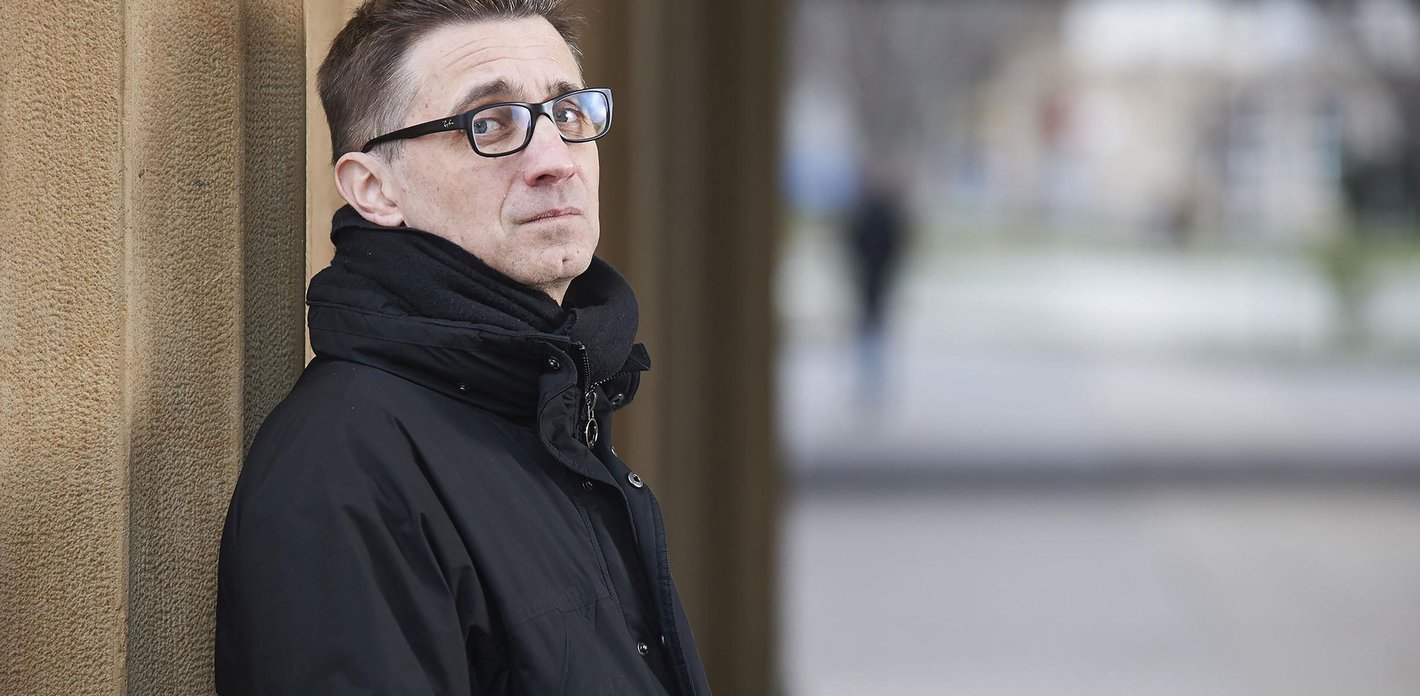Experience the sound of the present in the Grand Hall: the »Elbphilharmonie Visions« festival throws the spotlight exclusively on contemporary music. This promises both an exciting musical treat and a unique chance to engage directly with the composers, asking them about the works and composing itself. How do they approach the composing process? Do they envision an entire work before they start, or does it only emerge as they write? How does their environment influence their work? And what aspirations do they have for their music?
The festival’s composers share insights into their work in a series short interviews. This edition is with the French-German composer Mark Andre, whose works are centred around ‘»the music as it disappears«’. For his fascinating »Vier Echographien für Orchester«, he took acoustic measurements of four church spaces and used them to construct intricate sound studies.
Mark Andre: Echographie 4
What inspires you as a composer? What do you hope audiences take away from your work after a concert?
For me, it's about the unfolding and revelation of music through its very disappearance – the most fragile, unstable, and intense moments in composition that exist in between. It involves all sonic, temporal, and phenomenological elements and has a deep Christian correlation, touching upon the central themes of the Gospel.
How would you describe the sound of our time?
I’m afraid I don’t know.
What does contemporary music need to resonate with audiences?
Perhaps, among other things, it requires the intensity of offering space for reflection and openness.
Akustische Vermessung von Räumen
For your compositions you are sometiimes echographing one or more rooms. What exactly does this involve?
It’s about investigating the acoustic signature of the space. Every room has its own acoustic signature, it is an instrument. You transmit a sound and measure the resonances. Like a cello or a double bass, a room has an underlying tone. All the tones that are sung are derived from it.
On the one hand, I am investigating the sound body of the spaces using digital means. As far as sacred spaces are concerned, it extends beyond this acoustic investigation too. It is about the possible, other traces there; traces that arise from people having prayed there over centuries.
From an interview about »rwh 1-4« (2022)






